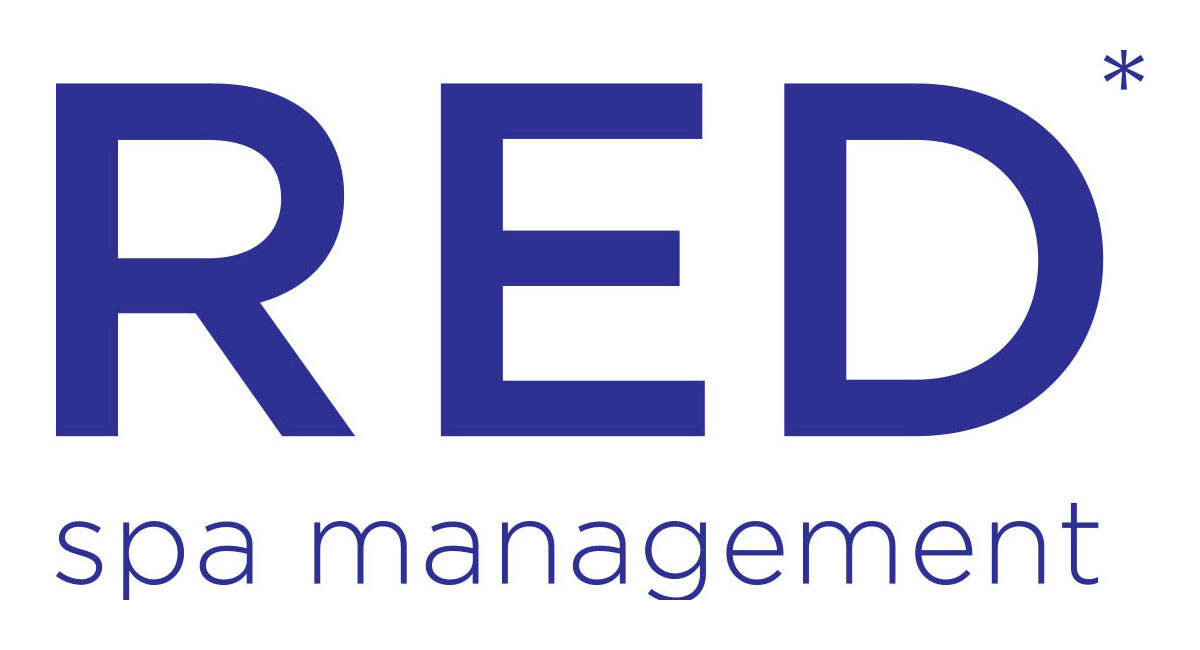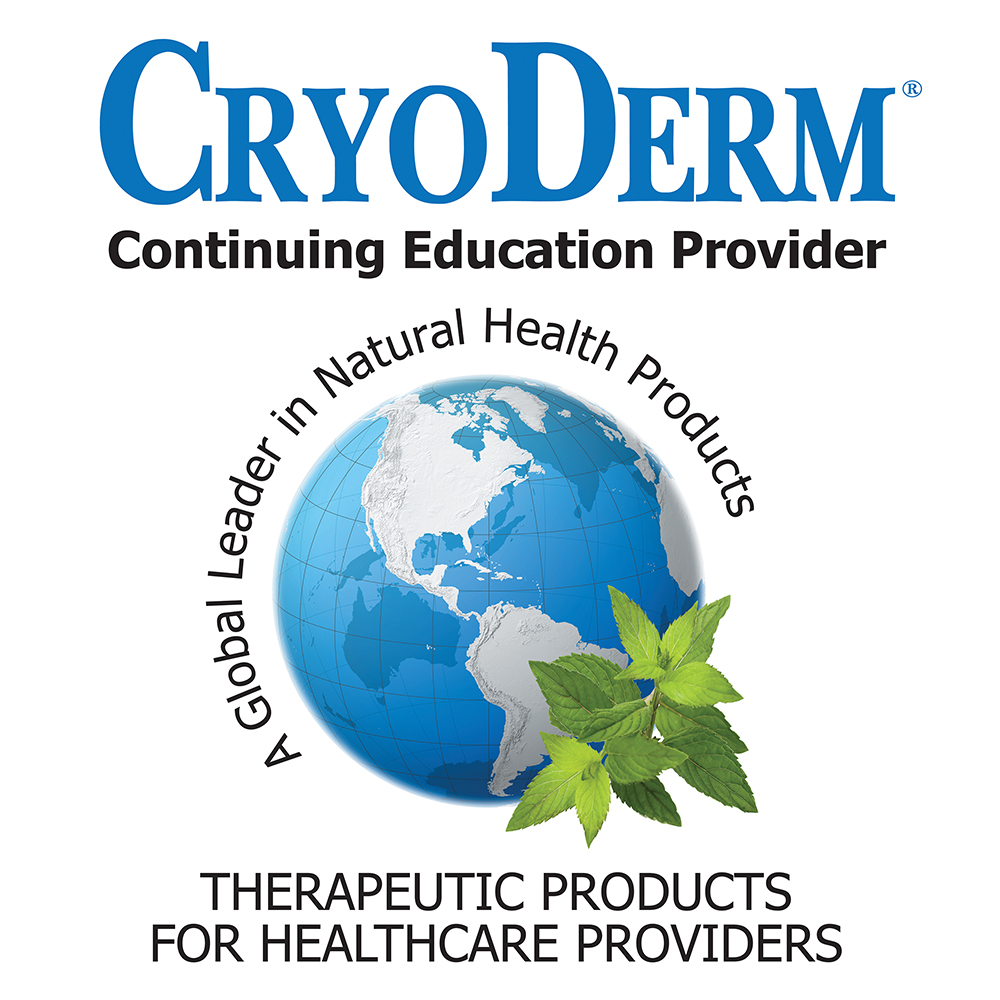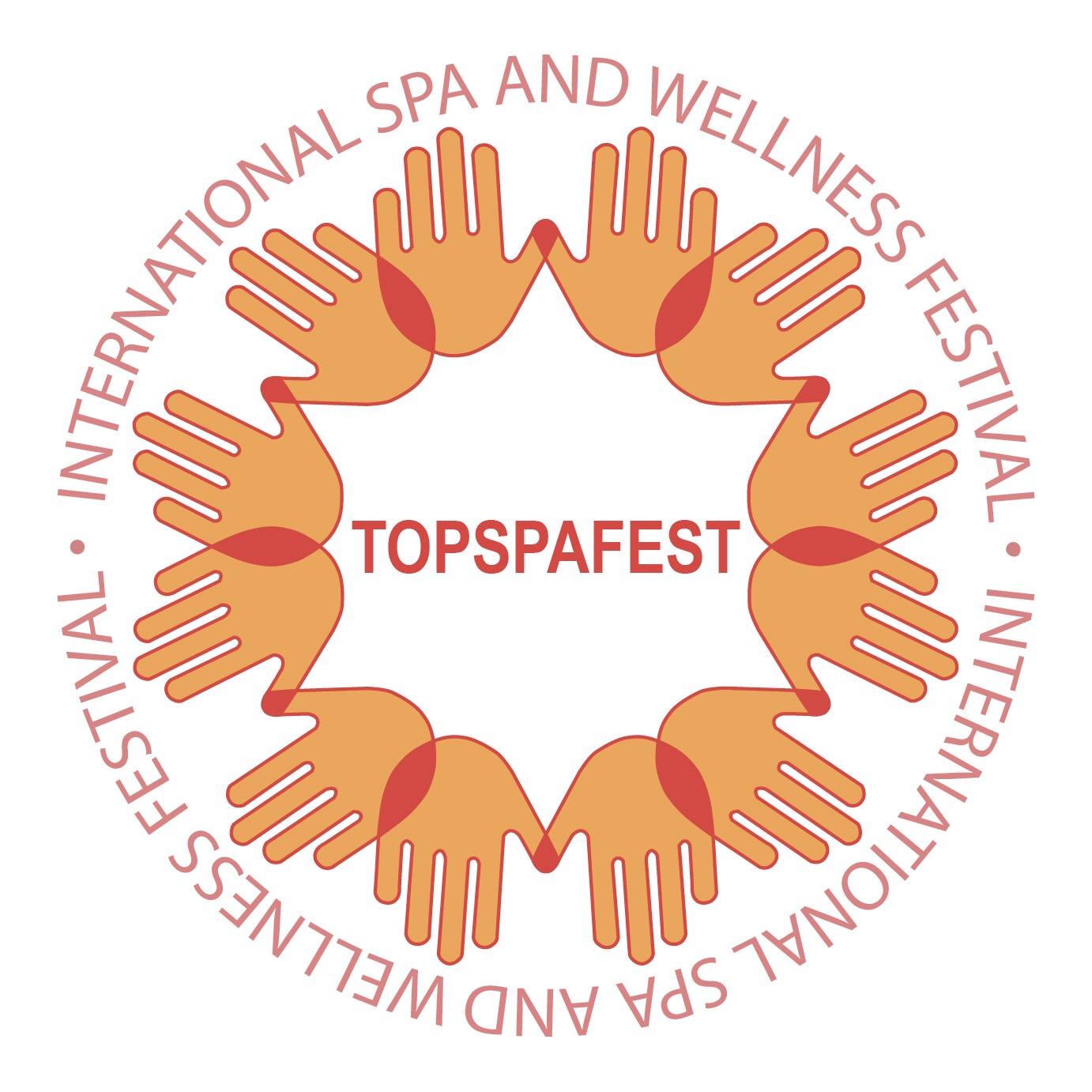
Occupational Safety Health Administration: Requires all health care professionals who may be exposed to body fluids or wastes to adopt a plan to prevent the exposure of spreading blood or fluid-borne pathogenic microorganisms. The mission of the Occupational Safety and Health Administration (OSHA) is to save lives, prevent injuries and protect the health of America's workers. To accomplish this, federal and state governments must work in partnership with the more than 100 million working men and women and their six and a half million employers who are covered by the Occupational Safety and Health Act of 1970.
1. Clean your table & massage chair with mild cleaner, such as dishwashing detergent and water, also you can the three worst substances for vinyl are oils, isopropyl alcohol and chlorine bleach…any heat or cold with shorten the life of the table…get a carrying case.
2. Bathing/showering daily.
3. Keeping teeth and gums healthy; visiting a dentist regularly.
4. Keeping breath pleasant.
5. Keeping hair clean and in an appropriate hairstyle.
6. Avoiding strong fragrances.
7. Use corrective hand washing techniques.
8. Keeping hands smooth and soft.
9. Short, clean, no polish nails.
10. Women: wearing appropriate makeup.
11. Men: shaving as often as necessary or keeping the beard and mustache trimmed.
12. Avoiding gum chewing or smoking.
13. Keeping the face clean and blemish-free.
14. Practicing rules of sanitation.
15. Regular physical exams.
16. Following physical fitness and a relaxation regimen.
17. Eating a well-balanced diet and maintaining normal weight.
18. Maintain good posture and body mechanics.
19. Wearing appropriate clothing.
20. Well ventilation rooms.
21. Be “First Aid” and “CPR Certified”.
22. Provide safe entryways and passages.
23. Assist clients on and off massage table if needed.
24. Exterminate all insects and rodents.
25. Use vinyl gloves if you have any open areas on your hands.
26. Clean equipment at the start of each day and clean your table every time.
27. Use only clean sheets.
28. Use only closed dispenser-type containers.
29. Do not perform massage if you are sick.
30. Avoid massaging clients that are contagious.
31. No rings or jewelry on wrists.
32. Wear sweatbands if you perspire heavy.
33. Remove all trash daily.
34. Comply with all state rules.
35. Have current liability insurance.
36. Have a fire extinguisher and smoke alarms.
37. Lighted exit signs.
38. Non-slip floor.
39. Wheel chair accessible.
40. Lever-style door handles.
41. Adjustable volume control on public phones.
42. Emergency phone #’s by phone.
43. Street address outside building.
44. Maintain all equipment.
45. Have your place of business free from clutter.
46. Be aware of contraindications and endangered sites.
OSHA
Massage therapists and bodyworkers are not at great risk for occupational exposure to bloodborne pathogens. Because of our work with the human body it is important that the basics of the Bloodborne Pathogen standard and Universal precautions as set forth by the Center for Disease Control and the Occupational and Safety Health Administration are reviewed and understood.
Common bloodborne pathogens include hepatitis B, hepatitis C, syphilis, malaria, and human immunodeficiency virus (HIV). Bloodborne pathogens are very small, so small you can't see them without a microscope. Bloodborne viruses live in certain body fluids like blood, semen, vaginal fluids. You can only get these diseases if you get someone's infected body fluids into your body. Things can get into your body through cuts, scrapes, your eyes, nose and mouth and sexual intercourse. You can't tell by looking at people if they have an infectious virus or not, so it is best to assume that anyone could have it.
Since routine testing, medical history, and examination cannot reliably identify individuals who are infected with bloodborne pathogens (bbp), it is imperative that consistent controls be in place to prevent the spread of bloodborne infections. Based on recommendations from the CDC and OSHA regulations, clinicians should adapt to the following Universal Precaution guidelines, as applicable to the job guidelines.
The basic Principles of Universal Precautions include:
•Assume that all individuals you have contact with as a result of job responsibilities, are potential carriers for bbp.
•Assume that all blood and other potentially infectious material (OPIM: human blood, semen, vaginal secretions, wound drainage, fluids visibly contaminated with blood, cerebrospinal fluid, synovial fluid, pleural fluid, pericardial fluid, peritoneal fluid, amniotic fluid, unfixed tissue or organs, and any body fluids in situations where it is difficult or impossible to differentiate between body fluids are infectious for bbp and must be treated as infectious.
•Universal precautions do not apply to feces, nasal secretions, sputum, sweat, tears, urine, and vomitus unless they contain visible blood. Universal precautions do not apply to saliva except when visibly contaminated with blood or in the dental setting where blood contamination of saliva is predictable.
•Vomit, feces, urine, saliva, and tears can not transmit bloodborne pathogens. They may contain other infectious agents. To be safe, treat with basic infection control and body substance isolation. Body Substance Isolation is similar to universal precautions except that it involves all body fluids.
•Avoid contact whenever possible with a client's blood, body fluid or any areas of local infection.
•Do not eat, drink, smoke, handle contact lenses, or apply make-up without washing hands first.
•A group of approaches (Universal Precautions) is more effective than any one approach to preventing the spread of bbp.
•Gloves: Non sterile disposable vinyl or latex gloves shall be worn and changed when: (a) handling any items (e.g. laundry, dressings, and clothing) that are contaminated with another person's blood or OPIM. (b) Providing care involving potential contact with blood, OPIM, mucous membranes or non-intact skin. (c) Providing care involving potential contact with all body fluids (Note: this is basic infection control and body substance isolation, not universal precautions).
•Practitioners should keep open wounds or inflamed dermatitis covered whenever possible while working. Gloves should be worn by bodyworker's who have sores, cuts, or a rash on their hands and are providing care to individuals. Vinyl gloves are preferred because of the high rate of allergies to latex products and because oils break down latex gloves very quickly making them permeable. Clients should be encouraged to keep wounds or inflamed dermatitis covered.
•Handwashing: Routinely and effectively wash hands at least before and after glove use; at the start and end of the work shift; before and after use of bathrooms; after any personal hygiene; before and after every session; and after touching any objects that are likely to be contaminated. Handwashing and skin washing should be done immediately if blood or OPIM gets on intact or broken skin. Proper handwashing includes warm running water, soap, friction, proper nail care, and proper technique. Hand sanitizers can be used as an intermittent substitute for proper handwashing but they do not completely replace it.
•Vaccination for Hepatitis B: Hepatitis B Vaccination is a relatively risk free means of greatly reducing the potential for infection with the hepatitis B virus. The Vaccination is given as a series of three injections over a six-month period. People at risk for exposure to hepatitis B should consult with their health care provider about receiving the hepatitis B vaccination.
•Most bodyworkers will be considered low risk for potential exposure to the hepatitis B virus. The hepatitis B vaccination does not offer immunity to other hepatitis viruses such as hepatitis A or hepatitis C.
•Laundry: All potentially contaminated laundry should be handled minimally. It should not be sorted or rinsed as these activities increase the risk of exposure. Linens and towels must be changed between each client. Dirty linens should be stored in a separate, closed container away from clean linens until washed. Machine washing & drying with soap and hot water will clean laundry. Do not let oily sheets sit for long period. Oils and some lotions will go rancid on sheets and make them smell. Stored oily sheets have also been known to spontaneously combust.
•Housekeeping: Sharp items (needles, lancets, glass, etc.) should be treated as if infected. Disposable sharps should be placed in a puncture resistant, labeled container.
•Keep a clean work environment.
•Broken glass should never be handled by hand. Use a mechanical device such as a dustpan and broom or tongs.
•When environmental work surfaces become contaminated with blood or OPIM immediately secure the area, disinfect the area, and clean the area. (Bleach and water is considered the most universal disinfectant, otherwise read labels, 1 part Bleach to 9 parts water, mixed as needed, do not store overnight.)
•Double bag and label any contaminated waste before proper disposal.
•Clean and disinfect all equipment: massage table, mechanical massage devices, face cradles, bolsters, oil/lotion bottles, etc. between clients.
•Use germicidal cleaners, diluted beach, rubbing alcohol for routine disinfecting of equipment.
•Personal Protective Equipment (PPE): (a) When there is anticipated potential of exposure to blood/OPIM PPE must be used. The most common piece of PPE is gloves. Other types of PPE may include gowns, goggles, face shield, masks, and CPR Micro shields. (b) The rule of thumb for PPE is dress for the occasion. Use the right equipment for the right potential situation.
Massage therapists and bodyworkers should always have gloves (vinyl or latex) and CPR micro shields available in their work area for potential emergencies.
•Post Exposure: Anytime someone else's blood or OPIM gets into your body (puncture, mucous membranes, open areas, etc.) in a work situation, report and follow the procedure of the employer and seek medical follow up immediately.
Infection Control Bodyworkers, due to the physical connection with others can be at risk of spreading infections. As well they can be susceptible to receiving infections from their clients. It is imperative that bodyworkers be familiar with basic infection control principles in order to protect themselves and others.
What are infections and their cause? Germs - living cells known as microorganisms - are at the root of infections. Although many germs live naturally on the skin and in the body and cause no problems in a healthy person, they can cause infections when a person is sick or rundown.
When microorganisms are present and replicating in or on the body, the condition is called an infection. Signs and symptoms for an infection can vary greatly. They can include draining wounds, rashes, flu like symptoms, fatigue, elevated temperature, and complaints of pain/illness. Infections can be local, affecting one area of the body or systemic, affecting the whole immune system.
What kinds of microorganisms are responsible? There are four common types. Viruses, such as those that cause the common cold, are one. Bacteria, such as staph or strep, which can cause sore throats and skin infections, are another. Fungi, such as that responsible for athlete's foot, make up a third kind. And parasites such as lice and scabies are the fourth.
How does a person get these infections? The body has two natural defenses. Your skin is the body's external defense, which protects you from microorganisms that enter from outside the body. If there is a break in the skin, microorganisms can enter and cause infection or they may enter through mucous membranes or natural body openings (eyes, ears, mouth, etc.). The second natural defense is internal and consists of white blood cells that fight off disease-causing microorganisms once they enter the body. In some people, the body's internal defenses don't function well and therefore leave the person more susceptible to infection.
The Chain of Infection (Source, Means, and Host) helps us understand the spread communicable (infectious) diseases. If we can control any one of the links in the chain, that is, if we can "break" just one link, then we have broken the chain and stopped the spread of a communicable disease. A source is a person, environment, food, water, animal, insect, soil carrying or infected with a pathogen or microorganism. A means is the method or mode of transmission of the pathogen. The means can be direct or indirect contact. Some methods of transmission include airborne, contact, vehicle. A host is a susceptible/ highly susceptible person. Infections are more likely if the agent comes in contact with breaks in skin or with the mouth, eyes, or nose. Factors included in susceptibility are your general health, strength of the infectious agent, ability of the immune system to fight the infection. Some factors that can leave a personvulnerable to infection are age, poor nutrition, poor personal hygiene, poor hydration, chronic disease, and stress.
How can infections be prevented?
•Handwashing is the most important step you can take to prevent infections. The most important aspect of handwashing is the action of rigorously scrubbing your hands with soap under running water.
•Keep fingernails short, trimmed, and clean. Fingernails can harbor a lot of microorganisms.
•Broken skin should be avoided on clients. Therapists should always keep cuts and scrapes covered while working.
•Jewelry - should not be worn while working as much as possible. If wedding rings/engagement rings will be worn during work because someone is uncomfortable with removing, always wash hands with the ring on. Be sure to wash ring and under ring. If wearing rings with sharp edges and settings use great care to not scratch others with the ring.
•Liquid soap is hygienically easier to dispense than bar soap.
•Keep clothing, uniforms, and aprons clean. Use care not to have a client come in contact with uniform or apron that may have come in contact with the previous client.
•Clean the outside of oil and lubricant containers between clients to prevent the spread of microorganisms.
•If using a tub for cream or lotion, dispense what will be used during the session into a paper cup using a spatula or spoon before the session. This will prevent contaminating the inside of the container during a massage.
•Use clean linens for each client.
•Properly clean and disinfect all equipment between each session.
•In addition to wearing gloves for anticipated or potential contact with mucosal surfaces, blood, non-intact skin, and other potentially infected material (OPIM), always wear gloves when coming in contact with urine, feces, vomit, and sputum. These fluids do not transmit bloodborne diseases such as HIV or hepatitis B but can transmit other types of infections.
•Staying in good health to avoid passing germs to others is important. Remember that pathogens and microorganisms travel both ways. Both the client and the therapist can transmit them to each other unless appropriate precautions are maintained. The following symptoms may indicate a need to stay out of work: fever, frequent sneezing/coughing, a sore throat, diarrhea, or a draining skin wound.
Additional information? Up to date and accurate information can be obtained by contacting the Center for Disease Control (www.cdc.gov) or a local health departm









